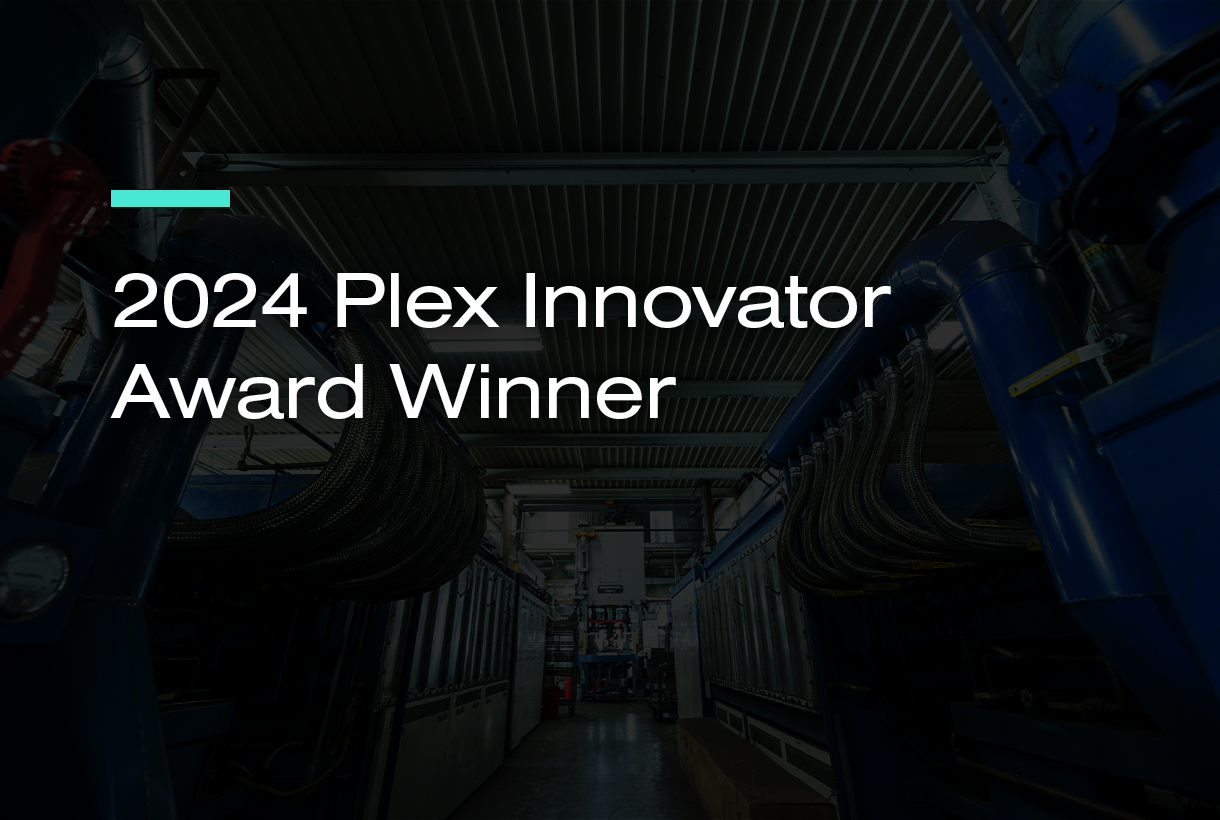

Now Available!
Get your copy of the 7th Annual State of Smart Manufacturing and hear from 300+ manufacturers in this new survey report!
Subscribe to Our Blog
For a monthly digest of expert insights, data points, and tips like the ones in this article.

I recently spent three days walking the halls of CES 2020 (the Consumer Electronics Show) in Las Vegas, and I can only describe it in one word: "insane." With over 2 million square feet of exhibits, 4,400 vendors, and 180,000 attendees, I felt even after three dedicated days, dozens of miles of walking, and one big blister, I still only scratched the surface.
What I saw during that time should interest all manufacturers. While CES is a consumer-oriented show, a relatively small percentage of the exhibits were directly tied to the enterprise, or even manufacturing. However, as we've seen over and over, much of the technology that ends up in the enterprise, or on the shop floor, often begins in the consumer space. Wearables, augmented reality, and robust hand-held devices, are such examples.
Based on how I’ve seen ideas and technologies develop and cross over to industrial applications over the years, here are the top trends and specific technologies I think manufacturers should be paying attention to.
Increased Connectivity Focuses on Value-Adds
There is a real convergence and fine-tuning of existing technologies to provide better value. The biggest keyword I heard over and over was "connected."
Take automotive, for example. As cities continue to grow, there is a need to think on a much bigger scale than just connected cars. Innovators are focusing their efforts on fully connected city environments (sensors in cars, roads, buildings, drones, and even people), all working together to provide seamless and safe working, living, and commuting arrangements in the city.
Autonomous is out, ADAS is in
The industry's predictions for wholly autonomous cars were drastically over-hyped. As a result, automotive and related tech companies have changed their jargon accordingly. Instead of autonomous, everyone was touting their ADAS capabilities - Advanced Driver Assistance Systems. Cars are getting smarter, and while ADAS represents the first step towards autonomous, the dream of being driven to grandma's while you sleep is still many years away.
3D Printing Continues to Surprise
I am very bullish on 3D printing, specifically metal printing; it's a game-changer for manufacturers. The different types of metal available for 3D printing continues to grow, providing more and more opportunities to print directly to production instead of just prototyping.
But really caught me off guard was 3D food printers. Yes, you can now print your food! This means our food and beverage customers might actually be able to join the 3D printing revolution. Current ingredients include chocolate, batter, dough, pasta, and dairy. Who would've thought?
Computing at the Edge is Edging in
Edge computing is about to experience a huge shift. Two factors are at play here.
First is the sheer number of connected devices and systems, with predictions of anywhere from 40-70 billion connected devices.
Second is 5G. Companies have been promising the 5G panacea for some time, but it is now starting. 5G provides bandwidth, latency, and average speeds that are orders of magnitude higher than 4G, and is considered the true enabler for IoT at global scale.
With unprecedented amounts of data being collected by sensors across the planet at unprecedented speeds, manufacturers have to strategically think through the best way to collect data, store data, and deliver real-time insight from that data. This will require a combination of cloud and edge technologies. Easier said than done; the complexities of patching, monitoring, and securing billions of devices at the edge should not be underestimated.
Most far-out tech that might be used on the shop floor
Brain scanning. Yes, you heard that right. If there was one technology that was new, it was a handful of companies demonstrating wearable devices that allowed you to communicate and navigate technology using only your brain waves. While at CES, I was able to sit in a vendor booth and watch television, change the channel, and manipulate the volume simply by concentrating on the gray spots on the screen while wearing a device from Nextmind. Pretty amazing.
Imagine if manufacturers could update their system of record just by looking at the Control Panel and staring at the [Record Production] button or scanning a barcode by just looking at it. This is the next generation of truly hands-free manipulation.
CES offers a rich futuristic view of the technology opportunities that may one day change the lives of manufacturers. I personally can’t wait to explore how we can use these manufacturing innovations to change the way manufacturers operate.
For more insights on how manufacturers leverage consumer technology to improve their operations, read more about how Plex customers put wearables and augmented reality to work on the shop floor.


